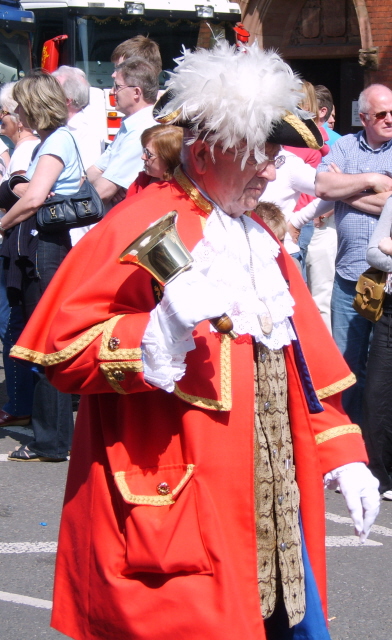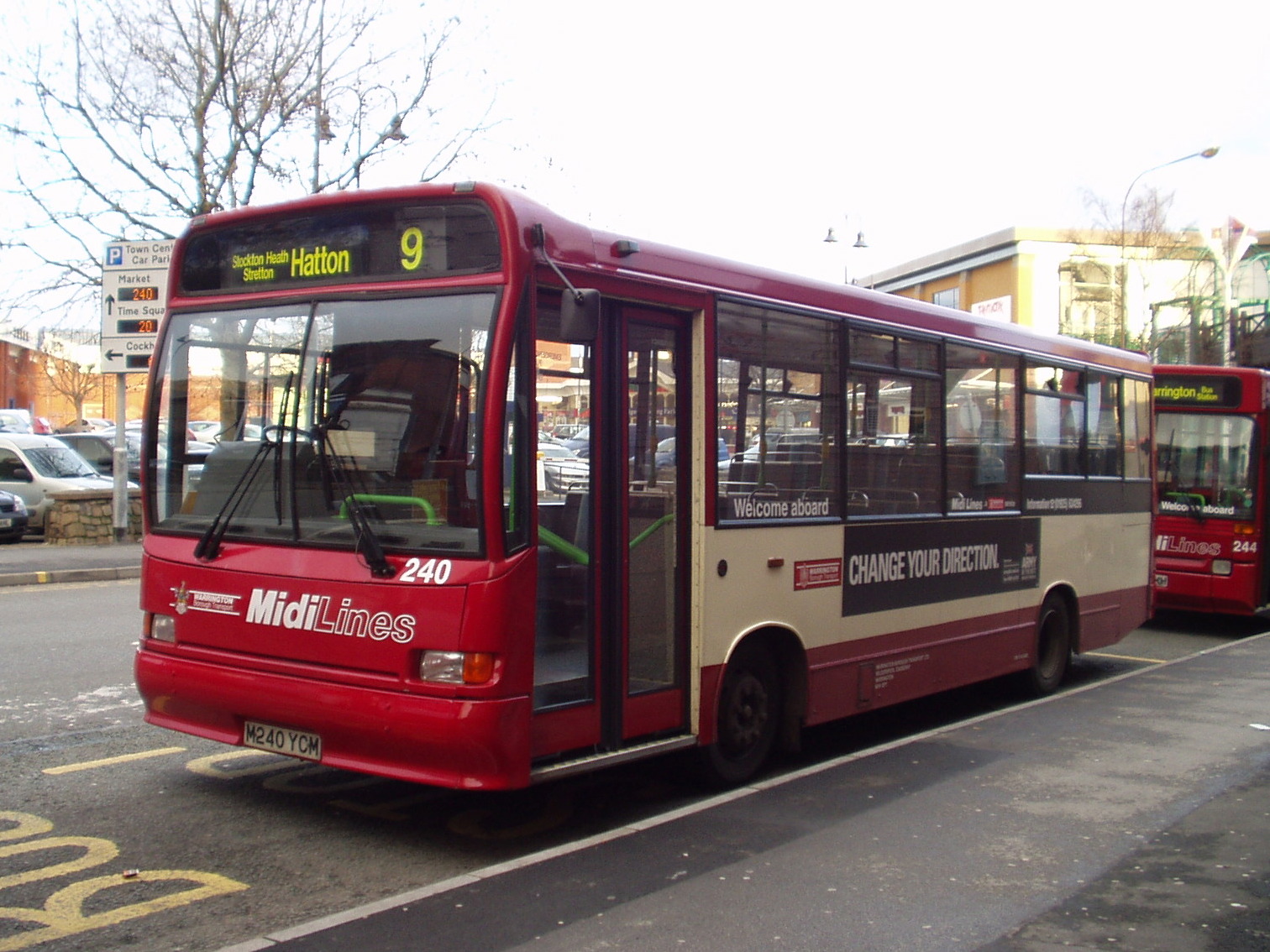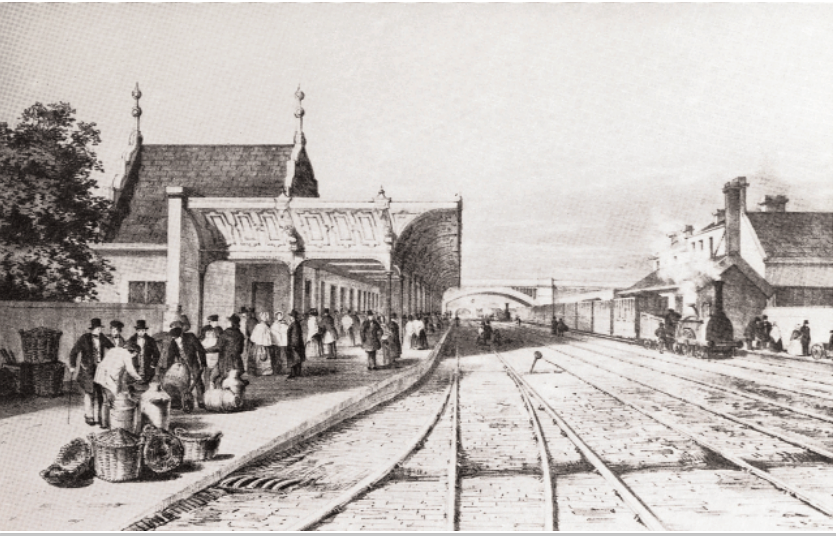|
Winterley
Winterley and Wheelock Heath are two small, adjoining, villages in the civil parish of Haslington, Cheshire, England. A small part of Wheelock Heath is in the town and civil parish of Sandbach. Geography The villages are based mainly around Crewe Road, which directly links nearby towns Crewe and Sandbach. They are three miles from the M6 motorway. Transport The villages were formerly on the main Crewe to Sandbach road. This had been constructed as a turnpike road from Nantwich to Wheelock Wharf on the Grand Trunk Canal in 1816. This became the A534 road, which was diverted out of the area with the opening of the Haslington Bypass in 1990. There are no rail services in the immediate area, the nearest station being four miles (6.5 km) away at Crewe on the West Coast Main Line. Bus services are provided by Arriva North West, Harrier and Warrington's Own Buses. Education Most children go to primary schools in nearby Haslington, such as Dingle C.P. School or Haslington Pri ... [...More Info...] [...Related Items...] OR: [Wikipedia] [Google] [Baidu] |
Haslington
Haslington is a village and civil parish in the unitary authority of Cheshire East and the ceremonial county of Cheshire, England. It lies about 2 miles (3 km) north-east of the much larger railway town of Crewe and approximately 4 miles (6.5 km) south of Sandbach. The village was originally bisected by the A534 road that links Crewe with Sandbach, however, this road has now been re-routed to bypass the village to the north-west. The village is also a close neighbour to a number of small towns and villages (including Alsager, Wheelock, Winterley), and is approximately 6 miles (9 km) from the Elizabethan market town of Nantwich. History Haslington is not mentioned in the Domesday Book of 1086, so it is presumed that either the village came into existence afterwards, or was insignificantly small. The earliest mention of Haslington is in 1256, when it was called "Hesinglinton". The name is possibly derived from the phrase "tun among hazels", or "enclosure amongst haze ... [...More Info...] [...Related Items...] OR: [Wikipedia] [Google] [Baidu] |
Sandbach
Sandbach (pronounced ) is the name of a historic market town and a civil parish in the unitary authority of Cheshire East, Cheshire, England. The civil parish contains four settlements: Sandbach itself as the largest, Elworth, Ettiley Heath and Wheelock. Sandbach is perhaps best known as the original home of Foden and ERF lorries, though neither company now exists in the town; twelve-times National Brass Band Championship winners Foden's Band; the ancient Saxon Sandbach Crosses; and Sandbach services on the M6 motorway. History Known as Sanbec in 1086, Sondbache (also Sondebache) in 1260, and Sandbitch in the 17th–18th centuries, Sandbach derives its name from the Anglo-Saxon ''sand bæce'', which can mean "sand stream" or "sand valley". The modern German word ''Bach'', with a similar origin as ''bæce'', means "brook"; thus, the meaning of Sandbach can be understood correctly in German. In Germany, there are two places and several small waterways of that name, see Ger ... [...More Info...] [...Related Items...] OR: [Wikipedia] [Google] [Baidu] |
Crewe And Nantwich (UK Parliament Constituency)
Crewe and Nantwich is a constituency in the House of Commons of the UK Parliament. It is located in Cheshire. It was created in 1983, and has been represented since 2019 by Kieran Mullan of the Conservative Party. Constituency profile The constituency was created for the 1983 general election following the major reorganisation of local authorities under the Local Government Act 1972, which came into effect on 1 April 1974. It combined parts of the abolished separate constituencies of Crewe and Nantwich and reunited the towns of Crewe and Nantwich in one constituency. The seat is marginal as Crewe tends to vote Labour, and Nantwich and the surrounding Cheshire villages are more Conservative-inclined. Its residents are slightly poorer than the UK average. Boundaries *1983–1997: The Borough of Crewe and Nantwich wards of Acton, Alexandra, Audlem, Barony Weaver, Bunbury, Combermere, Coppenhall, Delamere, Grosvenor, Maw Green, Minshull, Peckforton, Queens Park, Ruskin Park, St ... [...More Info...] [...Related Items...] OR: [Wikipedia] [Google] [Baidu] |
Mute Swan
The mute swan (''Cygnus olor'') is a species of swan and a member of the waterfowl family Anatidae. It is native to much of Eurosiberia, and (as a rare winter visitor) the far north of Africa. It is an introduced species in North America, home to the largest populations outside of its native range, with additional smaller introductions in Australasia and southern Africa. The name 'mute' derives from it being less vocal than other swan species. Measuring in length, this large swan is wholly white in plumage with an orange beak bordered with black. It is recognizable by its pronounced knob atop the beak, which is larger in males. Taxonomy The mute swan was first formally described by the German naturalist Johann Friedrich Gmelin as ''Anas olor'' in 1789, and was transferred by Johann Matthäus Bechstein to the new genus ''Cygnus'' in 1803. Both ''cygnus'' and ''olor'' mean "swan" in Latin; ''cygnus'' is a variant form of ''cycnus'', a borrowing from Greek ''kyknos'', a word o ... [...More Info...] [...Related Items...] OR: [Wikipedia] [Google] [Baidu] |
Warrington's Own Buses
Warrington's Own Buses is a municipal bus company which operates a network of services within the Borough of Warrington and the surrounding area, including Altrincham, Leigh, Earlestown, Wigan, Halton, Bolton and Northwich. The company previously traded as Warrington Borough Transport up until 2006 and as Network Warrington between 2006 and 2018. With the launch of the 'Cheshire Cats' brand in 2018 the company rebranded as Warrington's Own Buses. History Warrington Corporation Tramways started operating a network of five radial tramways from the town centre in 1902, with the first motor bus service starting in 1913. Buses replaced trams on routes starting in 1931, with the infrastructure starting to require major renewal which could not be justified economically. The last tram operated in 1935. Services expanded rapidly after the Second World War as new housing estates grew in areas such as Orford and Great Sankey. The conversion of bus routes with conductors into one-man op ... [...More Info...] [...Related Items...] OR: [Wikipedia] [Google] [Baidu] |
Arriva North West
Arriva North WestCompanies House extract company no 1990871 Arriva Merseyside Limited formerly Merseyside Transport LimitedCompanies House extract company no 523376 Arriva North West Limited formerly North Western Road Car Company Limited is a major bus operator running services in primarily in the area and the county of |
West Coast Main Line
The West Coast Main Line (WCML) is one of the most important railway corridors in the United Kingdom, connecting the major cities of London and Glasgow with branches to Birmingham, Liverpool, Manchester and Edinburgh. It is one of the busiest mixed-traffic railway routes in Europe, carrying a mixture of intercity rail, regional rail, commuter rail and rail freight traffic. The core route of the WCML runs from London to Glasgow for and was opened from 1837 to 1869. With additional lines deviating to Northampton, Birmingham, Manchester, Liverpool and Edinburgh, this totals a route mileage of . The Glasgow–Edinburgh via Carstairs line connects the WCML to Edinburgh, however the main London–Edinburgh route is the East Coast Main Line. Several sections of the WCML form part of the suburban railway systems in London, Coventry, Birmingham, Liverpool, Manchester and Glasgow, with many more smaller commuter stations, as well as providing links to more rural towns. It is one of the ... [...More Info...] [...Related Items...] OR: [Wikipedia] [Google] [Baidu] |
Crewe Railway Station
Crewe railway station is a railway station in Crewe, Cheshire, England. It opened in 1837 and is one of the most historically significant railway stations in the world.Guardian newspaper article, ''The beauty of Crewe'' (6 December 2005). Retrieval Date: 10 August 2007. Crewe station is a major junction on the and serves as a rail gateway for . It is 158 miles north of |
A534 Road (Great Britain)
List of A roads in zone 5 in Great Britain starting north/east of the A5, west of the A6, south of the Solway Firth/Eden Estuary The River Eden is a river in Fife in Scotland, and is one of Fife's two principal rivers, along with the Leven. It is nearly long and has a fall of around . It flows from Burnside, near the border with Perth & Kinross, then slowly across the ... (roads beginning with 5). Single- and double-digit roads Three-digit roads Four-digit roads (50xx) Four-digit roads (51xx) Four-digit roads (52xx) Four-digit roads (53xx to 57xx) References {{DEFAULTSORT:A Roads In Zone 5 Of The Great Britain Numbering Scheme 5 5 ... [...More Info...] [...Related Items...] OR: [Wikipedia] [Google] [Baidu] |
Nantwich
Nantwich ( ) is a market town and civil parish in the unitary authority of Cheshire East in Cheshire, England. It has among the highest concentrations of listed buildings in England, with notably good examples of Tudor and Georgian architecture. It had a population of 14,045 in 2021. History The origins of the settlement date to Roman times, when salt from Nantwich was used by the Roman garrisons at Chester (Deva Victrix) and Stoke-on-Trent as a preservative and a condiment. Salt has been used in the production of Cheshire cheese and in the tanning industry, both products of the dairy industry based in the Cheshire Plain around the town. ''Nant'' comes from the Welsh for brook or stream. ''Wich'' and ''wych'' are names used to denote brine springs or wells. In 1194 there is a reference to the town as being called ''Nametwihc'', which would indicate it was once the site of a pre-Roman Celtic nemeton or sacred grove. In the Domesday Book, Nantwich is recorded as having eight salt ... [...More Info...] [...Related Items...] OR: [Wikipedia] [Google] [Baidu] |
Trent And Mersey Canal
The Trent and Mersey Canal is a canal in Derbyshire, Staffordshire and Cheshire in north-central England. It is a "narrow canal" for the vast majority of its length, but at the extremities to the east of Burton upon Trent and north of Middlewich, it is a wide canal. The narrow locks and bridges are big enough for a single narrowboat wide by long, while the wide locks can accommodate boats wide, or two narrowboats next to each other. History The Trent and Mersey Canal (T&M) was built to link the River Trent at Derwent Mouth in Derbyshire to the River Mersey, and thereby provide an inland route between the major ports of Hull and Liverpool. The Mersey connection is made via the Bridgewater Canal, which it joins at Preston Brook in Cheshire. Although mileposts measure the distance to Preston Brook and Shardlow, Derwent Mouth is about beyond Shardlow. The plan of a canal connection from the Mersey to the Trent ("The Grand Trunk") came from canal engineer James Brindley ... [...More Info...] [...Related Items...] OR: [Wikipedia] [Google] [Baidu] |
Turnpike Trust
Turnpike trusts were bodies set up by individual Acts of Parliament in the United Kingdom, acts of Parliament, with powers to collect road toll road, tolls for maintaining the principal roads in Kingdom of Great Britain, Britain from the 17th but especially during the 18th and 19th centuries. At the peak, in the 1830s, over 1,000 trusts administered around of turnpike road in England and Wales, taking tolls at almost 8,000 toll-gates and side-bars. During the early 19th century the concept of the turnpike trust was adopted and adapted to manage roads within the British Empire (Ireland, Canada, Australia, New Zealand, India, and South Africa) and in the United States. Turnpikes declined with the Railway mania, coming of the railways and then the Local Government Act 1888 gave responsibility for maintaining main roads to county councils and county borough councils. Etymology The term "turnpike" originates from the similarity of the gate used to control access to the road, to ... [...More Info...] [...Related Items...] OR: [Wikipedia] [Google] [Baidu] |








